
 Qzone
Qzone
 微博
微博
 微信
微信
Backgroundon Industry 4.0 its origin, concept and building blocks
工业4.0的起源,概念与架构
Industry 4.0 (I4.0) evolved from a German government initiative and associated working group.At the heart of industry 4.0 there are 4 principles :Interconnection via the Internet of Things(IoT)/Industrial internet of Things(IIoT), Information availability across the production process facilitating analysis and action, Automation and facilitation of decision making and provision of Cyber Physical Systems(CPS) to complete tasks best suited to machines rather than people(ideally autonomously).
工业4.0最初由德国政府倡导,工业联盟合作推进,涵盖4大关键技术要素:
·物联网(IoT)
·工业物联网(IIoT);
·生产环节与生产设施,生产分析,与实际运营之间的信息实时互通
·从辅助人完成任务,转变为辅助机器完成任务。具备自动与简易化的决策链与数字化实体生产运营系统(CPS),以最适应机器的方式,完成生产任务,比人工更精准。这就是超自动化(Gartner “2020年十大战略技术趋势”报告中也有提及)
From these principles a range of constantly evolving and changing technologies are available for organisations wishing to benefit from the Industry 4.0 revolution. They share some common characteristics and are typically grouped together as:-
·Data and analytics technologies (Big Data) – collection and interpretation of data from a range of sources with the desired aim of making consistent, correct, proactive decisions. Includes the concept of cognitive computing.
·Smart factory/production technologies including use where appropriate of robotics devices. The objective of these technologies is to drive seamless, environmentally responsible self-optimising processes and systems that realise best in class production performance.
·Cyber physical systems (CPS)– integrations of computation, networking and physical processes e.g. robotics systems, manufacturing control systems. These cyber-physical systems also build and maintain a ‘Digital twin’ of the physical world.
·The internet of things (IoT-consumer)/Industrial internet of things (IIoT) i.e. the mobile, virtual and persistent connection of all devices to the internet and each other.
·Interoperability – development of standards, processes and systems to allow all participant stakeholders and organisations to share information effectively.
所有希望从工业4.0受益的企业或组织,都可以遵循并实现上述仍在不断进化与更新的4大关键技术。根据4大关键技术特点,以下是业内人士分享的具体可落地技术,涵盖:
·大数据分析– 收集并解释各种来源的数据信息,确保目标一致的、准确的、瞻前的决策,包括认知计算的技术
·智能工厂(生产系统)-包括适当使用机器人技术。目的是实现无缝、环保、可自主优化系统与流程,能够最大限度保证生产成果
·数字化物理生产运营系统(CPS)-整合了计算单元、网络、以及物理生产流程(比如机器人系统,生产控制系统等)。这些CPS也是建立并维护“数字孪生(Digital Twin)”的基础
·IoT(大众消费市场)与工业物联网IIoT,比如移动互联网,各种终端设备、生产机器之间虚拟但是稳固安全的互联互通(通过互联网)
·互操作性– 开发可以让所有利益相关人、企业、组织都能参与并互操作的标准、协议、流程与系统。(小编按:其实就是为制造企业从私有工业物联网,转型产业物联网平台做准备,美国工业物联网几家发起公司就准备形成产业物联网平台)
The current pallet of Industry 4.0 technologies includes but is not limited to mobile devices, advanced human machine interfaces, 3D printing, drones, Smart sensors/PLM technology, traditional DCS systems, Digital Twin solutions, blockchain offerings, Big data analytics and advanced algorithms (e.g. failure prediction and preventative maintenance automated scheduling), Augmented reality/ wearables, improved ERP and CRM offerings. SD-WAN technologies for managing the complexity and rapid changing characteristics of IoT/IIoT networking requirements.
目前可用于工业4.0各项技术,包括但不限于移动设备、先进人机交互界面、3D打印、机器人、智能传感器、智能PLM技术、传统DCS系统、数字孪生、区块链、大数据分析、各种先进算法(如灾难预警,预防维护自动排班系统)、可穿戴虚拟增强(AR)、更完善的ERP/CRM等技术。而SD-WAN或进化版技术,可管控IoT/IIoT复杂互联互通与之间各要素快速切换时所需要的高性能网络需求。(小编按:如A平台设备需要B平台数据支持,同时需要C平台决策链,需要调遣多个平台的数据分析、ERP/CRM、设备、流程管理、人机互动、移动设备等多种要素,如此互联互通的复杂性与实时性,对网络通连的要求很高)
At the business level Industry 4.0 concepts will deliver business value by driving digitalisation and integration of value chains, driving production costs down, facilitating digitization of product and service offerings and finally developing digital business models that improve customer value. The bottom-line result will be connected customers, empowered employees, efficient production, improved products with improved operability and bottom-line profit.
工业4.0,通过数字化与价值链整合,可以以多种形式带来商业价值:生产成本下降,系统设施数字化带来的产品与服务个性化定制,最终形成数字经济,提升用户价值。最关键的是,这条价值链连接客户、更大自主权的企业职员、高效生产、更完善的产品,并提升企业可操作性与净利润
This report explains how Industry 4.0 related capabilities can be applied to specific energy industry use cases.
这篇报告,主要阐述工业4.0相关能力如何应用在具体的能源场景。
Use case: Industry 4.0 realisation facilitated by InfoQuickTechnologies –Traditional upstream oil and gas
实例:工业4.0应用在传统石油能源行业
Business Drivers
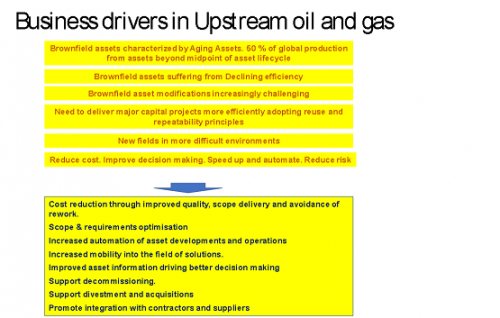
Figure1Oil and gas business drivers
石油能源行业的业务驱动力
全球至少50%的在生产油田已经过了其生命周期的中点,而这类油田生产效率逐步降低,相关的升级遭遇较大挑战,所需投入资本数额巨大。如何以可复制可重复原则再开发在产油田,更经济高效地开发难度更高的新油田是石油行业普遍面临的挑战。因此降低成本,提高决策效率,快速进行,自动化,降低风险,是能源行业主要关注点。
成本降低依靠提高质量、交付范围、以及避免重复工作;优化范围与需求;提升油田自动化运营;提升快速实施能力;提高油田信息传送,以确保更好的决策;支持项目最终退役;支持投资转让或兼并等商业行为;促进合作方与供应商之间的整合
Business model
Upstream Oil and gas industry activities are defined by the following high-level processes (Oil and gas life cycle):
•Exploration – acquire a production permit and prove the hydrocarbon bearing of the prospect.
•Appraisal – evaluate the economic suitability of the field.
•Development planning – develop an integrated plan that will deliver business value in comparison to other options.
•Execution - develop the field and design and build the capital infrastructure including wells.
•Production – produce the hydrocarbons efficiently over the life of the field. Where the value is delivered.
•Abandonment, decommissioning and restoration – close off the permit.
业务模式
以下概括性的流程(石油天然气生命周期),定义了石油天然气领域的各种商业活动
·勘探– 需要生产许可,并确保足够多的原油(原气)含量以支撑商业运作
·评估– 评估某油田(气田)的经济价值
·制定计划– 制定一个相对最优的整体计划,实现商业价值
·执行– 建设开采井以及其他固定设施,开采油田(气田)
·生产–在油田/气田生命周期内,高效生产原油/原气,这是价值之源
·油田/气田的弃置、环境恢复 – 关闭许可
Adoption of Industry 4.0 elements underpinned by InfoQuickTechnologies.
工业4.0应用点
The following outline shows key industry 4.0 Digitalisation themes in upstream Oil and Gas and how InfoQuick Global Connect are positioned to help the oil industry deliver them.
下图展现了工业4.0技术在石油天然气钻探领域的应用点
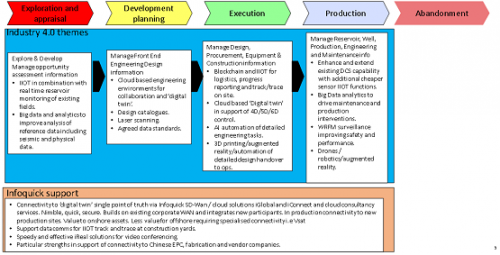
Upstream Industry 4.0 themes and InfoQuick support
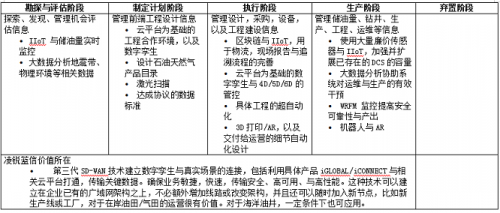
As shown by the above slide Oil and Gas companies are actively investing in digitalisation and Industry 4.0 strategies to meet their business objectives. InfoQuick are well positioned to support these strategies. It is worth examining some of these key strategies in more depth:
·IIoT and the Mesa working group. This industry working party has produced a process industry guidebook ‘Adopting Integrated Manufacturing Operations Management (iMOM)in oil and gas and petrochemicals framework’. The document provides complete guidance on industry best practice relating to digital transformation and Industry 4.0 practices specific to the Oil and Gas industry.
·Big Data analytics in combination with IIoT and sensors (PLMs). Increased data capture and analysis designed to detect performance issues and potential well or facilities issues before they impact production. InfoQuick’s offerings can provide Wide Area Networking support for these solutions in a nimble, secure, flexible and global way.
·Automation in production. The opportunity to automate thousands of wells spread across regions (a large company handles more than 50,000 wells). InfoQuick SD-Wan and cloud capabilities support these solutions through cheap provision of connectivity to a high level of quality in a manageable way.
·Supply chain integration and automation of related processes including improved data sharing through management of a ‘Digital Twin’. InfoQuick SD-Wan and cloud capabilities support these solutions and allow for new entrants into the supply chain in a quick and cost effective across the globe.
·Improved exploration and reservoir monitoring. Advancements in seismic data acquisition (4D, micro-seismic) and computing power have already improved E&P companies’ understanding of reservoirs and ability to monitor constantly. InfoQuick SD-Wan and cloud capabilities support these solutions.
·‘Digital twin’. A virtual copy of the evolving plant or oil facility through design, construction and as built in operation. A variety of vendor tool sets available often cloud based to manage this requirement. Actively used, the ‘Digital twin’ underpins 4D/5D/5D planning and automatic sequencing of construction activities. InfoQuick retain knowledge of the processes and systems used to manage the ‘digital twin’.
·Convergence of traditional Scada /DCS systems with Industry 4.0 technologies. The traditional suppliers to the oil industry such as Honeywell are converging with commodity IIoT / IoT technologies. InfoQuick have arrangements with process control providers to assist clients.
以上展现了工业4.0技术如何助力该领域的企业在每个阶段达到其商业目标,帮助企业达成以下关键性战略价值。而凌锐蓝信确保每个阶段,多场景下的安全、高可用、敏捷灵活、高性能、可分布式部署的低成本网络连接。
•工业物联网与Mesa工作组。这个组织曾经编写过一本行业指导书“在石油石化天然气领域,采用整合型制造运营管理架构”。这本书完整地阐述了工业4.0与数字化在行业内的最好实践
•大数据与工业物联网传感器的配合。提高数据捕获,且通过分析模式探测最终结果是否有问题,或在生产受影响之前,找到有潜在问题的油井。这些系统间的互操作与互动性,离不开安全且高性能的广域网连接。而凌锐蓝信利用第三代SD-WAN技术确保这些互动之间的网络安全与性能
•自动化生产。这项技术可以让企业同时生产上千个油井装置,以便快速部署(大公司经常可以处理超过5万口井)而凌锐蓝信可以帮助企业获得生产过程需要的低成本,高可用的网络连接
•供应链与自动化进程的整合,包括数字孪生带来的更高效的数据分享进程。凌锐蓝信DT-WAN技术与相关云连通与迁移能力,可以轻松支持这类场景,并让新参与公司安全快速地融入进程
•提升勘探与油储监控。高性能计算能力已经让行业内企业提前获取地震数据(4D,微地震)并由此了解储油量。iCONNECT 可以帮助企业轻松使用云计算而降低计算成本
•数字孪生。一种涵盖工厂及设施全生命周期的虚拟数字拷贝,用来设计建造,模拟真实运营。很多供应商的相关工具都在云平台上,SaaS模式。数字孪生可以支持4D/5D/6D 计划制定以及自动将建造行为排序。凌锐蓝信有能力支持企业通过高性能网络运用这种工具
•将传统Scada/DCS系统整合进工业4.0体系。传统供应商如霍尼韦尔,正在进行IIoT/IoT相关整合规划,凌锐蓝信早已准备好,助力相关企业客户
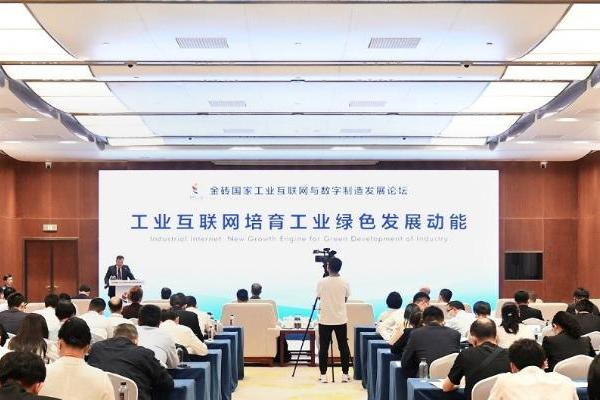
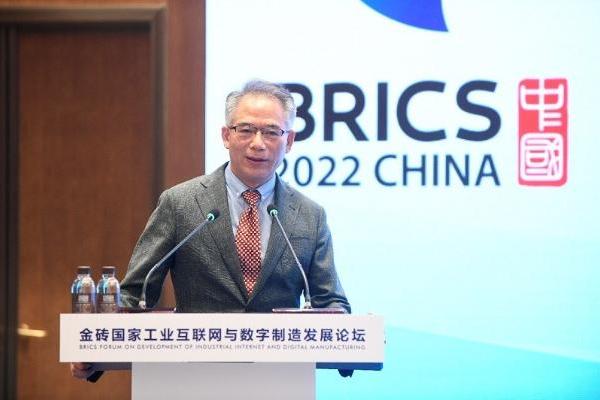
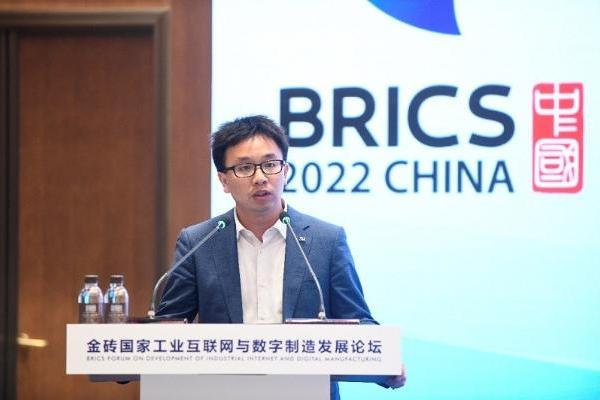
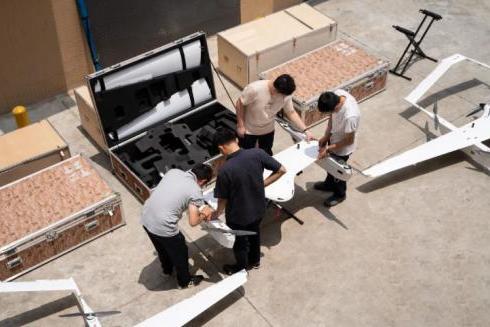
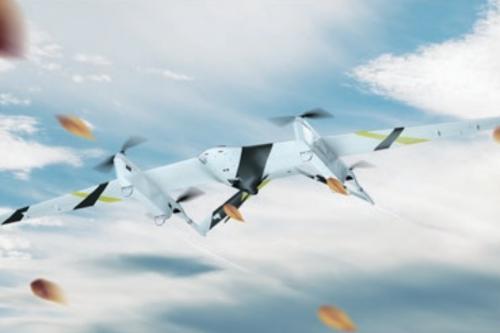
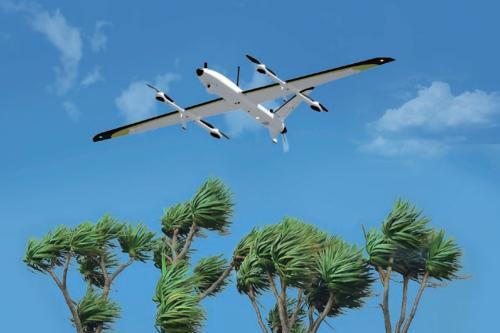

电影界2022-05-25 20:1905-25 20:19

电影界2022-05-25 20:1505-25 20:15

电影界2022-05-25 20:1505-25 20:15

电影界2022-05-25 19:5705-25 19:57
